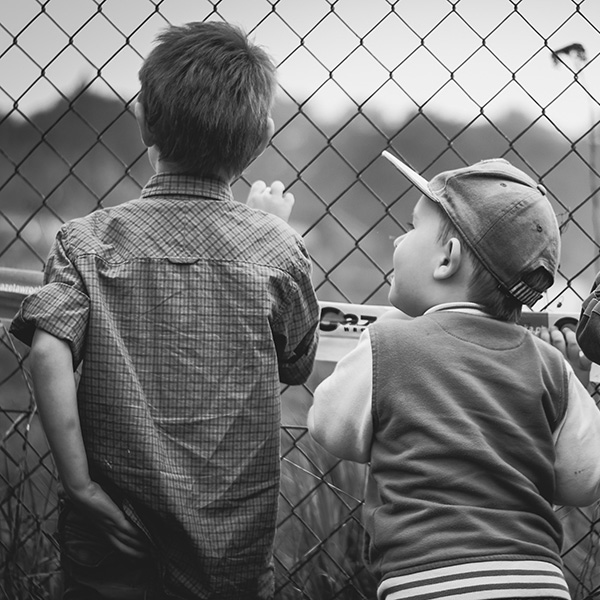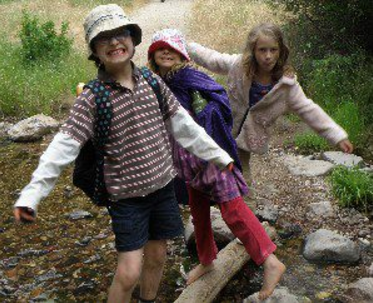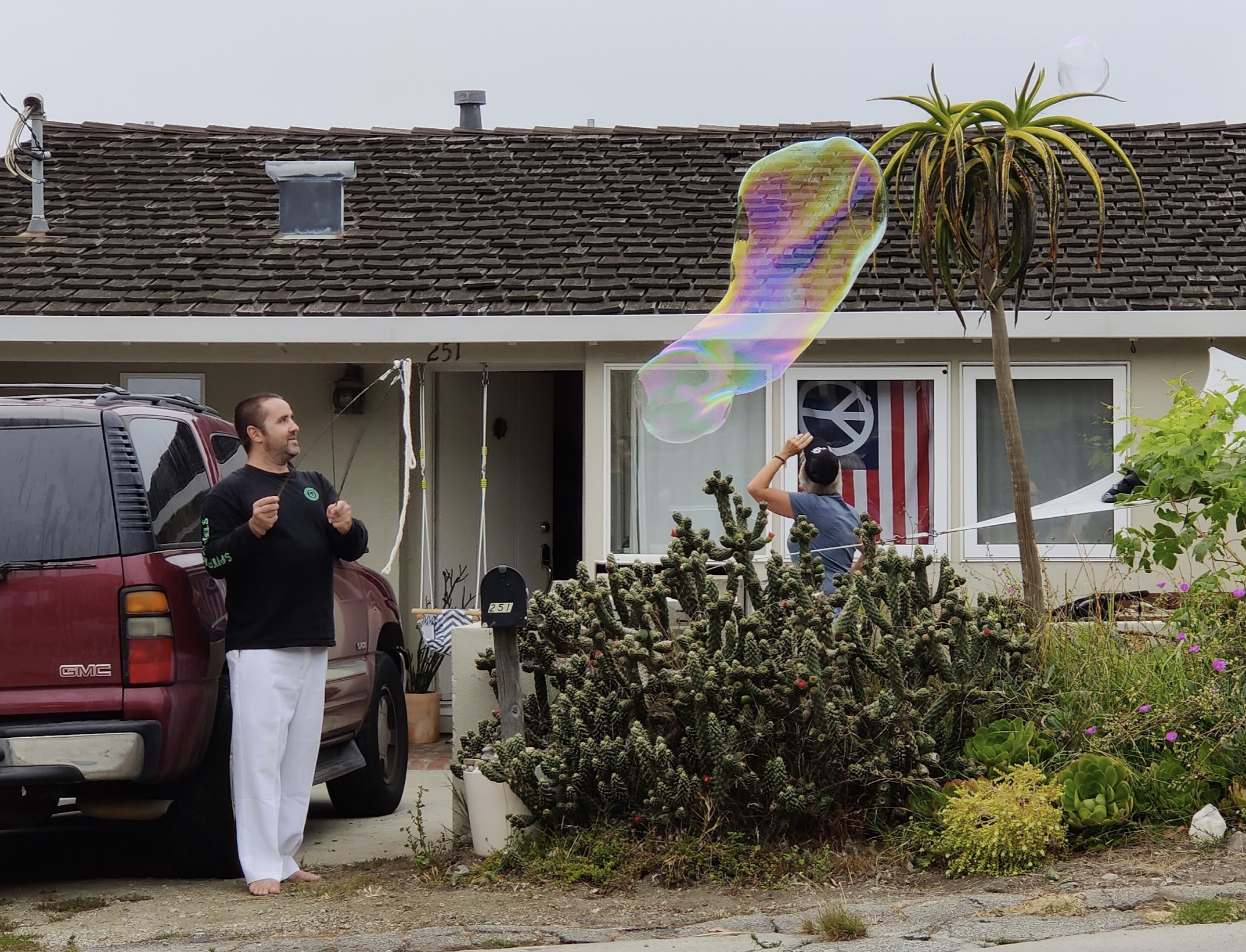Category: Education
-

Think this generation will be “left behind”? Think again.
I wrote this piece for my blog, and then it was picked up by Growing Up in Santa Cruz. Read it on their site. I think it’s an important topic for parents to keep in mind as we struggle through this period of pandemic and distance learning.
-

For goodness sake, parents, be nice to your teachers, OK?
We’re all in this together, right? So don’t start the conversation by blaming your teacher. Make sure that you are taking responsibility for your part, too!
-

Calling homeschool pods fundamentally racist won’t help education equality
I’m sure you’ve noticed all the scary articles about how so-called “homeschool pods” are going to undo all the small amount of racial equity that our public schools have been able to put in place. Need a refresher? Here, here, and here are the top three hits I got. This argument rests on three premises…
-

5 things to do TODAY to help your kids settle in to online classes
Help make your child’s first week of online courses smoother and more fun for everyone.
-

6 ways to structure online learning for physical and mental well-being
Now that kids are going to be online most of the day, what can we teachers and parents do to ensure their physical and mental well-being?